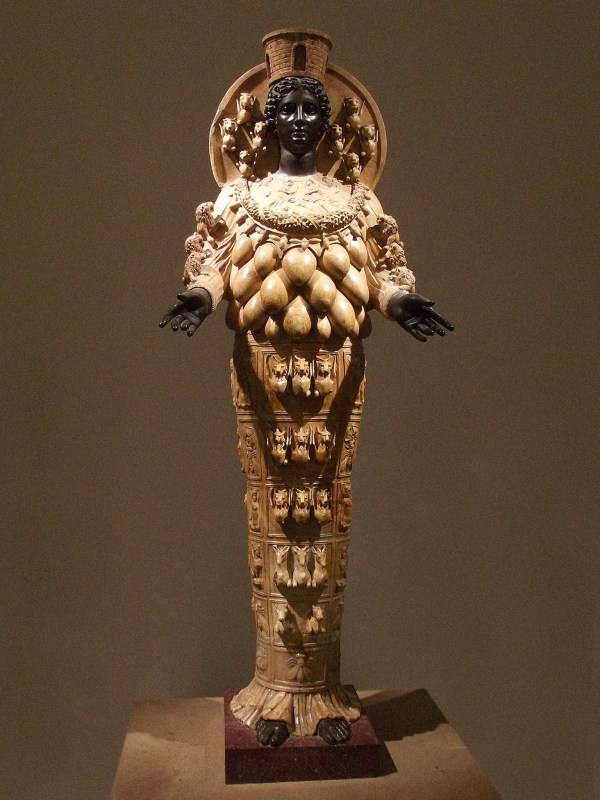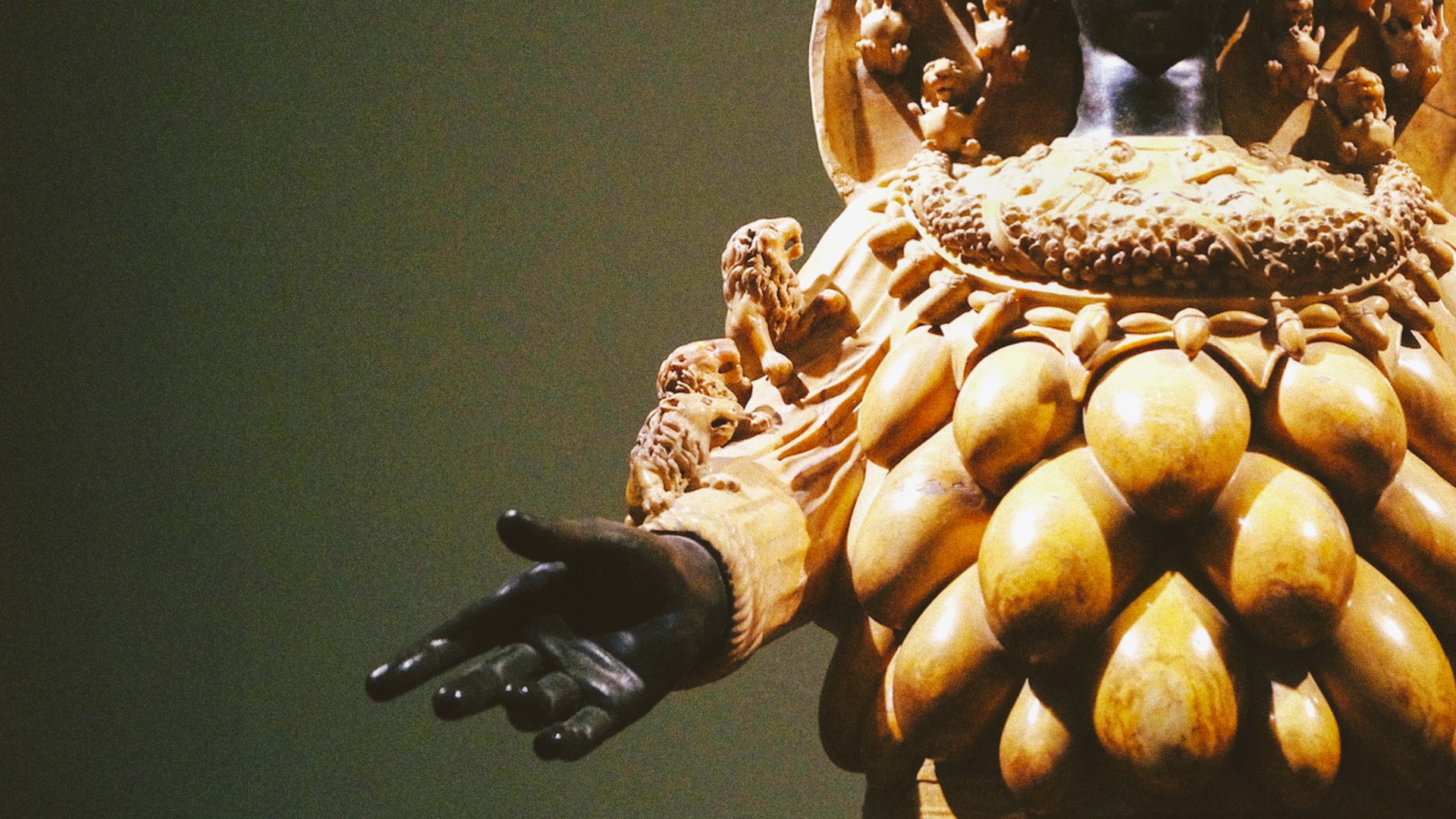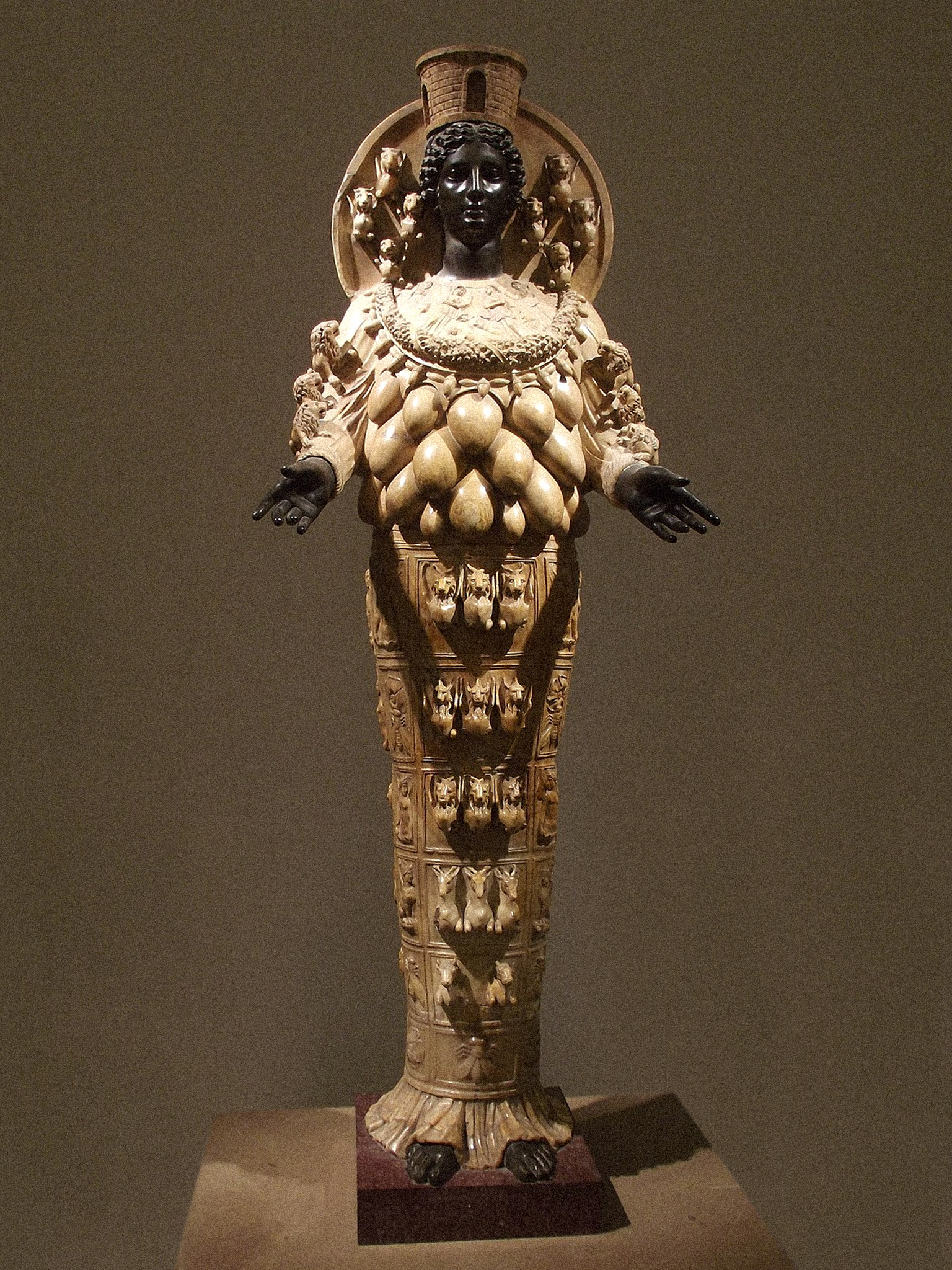As a female New Testament scholar, I simply do not have the luxury of avoiding 1 Timothy 2:11–15, where Paul, after stating that women should “learn in quietness and full submission,” claims they “will be saved through childbearing.” The “saved through childbearing” verse has been quoted to me by more strangers and (possibly) well-meaning acquaintances than any other, but one particular time stands out.
I don’t remember what context could have possibly made his statement appropriate, but one day about ten years ago, a young man said in a conversation about my teaching, “Well, you are saved through childbearing.” In this instance, I was in a position of authority over him, and I could tell that his “joke” sought to return me to my rightful place.
“Then I guess I am not saved,” I quipped back, knowing that his interpretation of this verse depended on my literal procreation. I also knew, unlike him, that my body was giving many signs that I might never bear a child. (As a side note, by God’s grace, I eventually did become somebody’s mother.)
My story provides a minute glimpse into the horrendous ways that women have been hurt by the misuse of 1 Timothy 2:11–15, and in the introduction to her recent book Nobody’s Mother: Artemis of the Ephesians in Antiquity and the New Testament, Sandra L. Glahn gives a heartbreaking picture of her experiences with infant loss as well as encounters with this text in cultures where it stands supreme in determining how women might participate in the church. She, like I, internalized messages about womanhood and how the worth of women is measured. There must be many arrows in our quivers, they say, and our ministries are in our homes.
Glahn, a professor at Dallas Theological Seminary, sets up her book as one that will deconstruct these views carefully by attending to the historical context of 1 Timothy. By thoroughly examining early evidence about Ephesus and the goddess Artemis of the Ephesians, which involves some exciting myth busting, Glahn provides a better understanding of a terribly complicated passage. Her primary method throughout the book is to illustrate claims through the presentation of historical data, which later she analyzes in relationship with the biblical text.
An accurate picture of Artemis
Glahn’s first chapter addresses an important question that may well have crossed your mind: Do we really need another book on this passage? And why now? Glahn’s resounding yes comes from several directions. We need a “fresh look,” she says, for these reasons:
- For most of church history, women were considered inferior to men by nature.
- Evidence suggests that (despite the point above) women were active in the church throughout that time.
- We have access to more information now through databases, inscriptions, and other archaeological evidence.
- We can better evaluate information due to advances in the studies of inscriptions, ancient writing materials and practices, signs and symbols, and literary analysis.
The second chapter focuses on the city of Ephesus, Timothy’s likely location when he receives correspondence from Paul. Glahn begins with a survey of places where Ephesus appears in Scripture. Among the more prominent mentions comes in Acts 19, where Paul’s ministry led to the burning of magical books and an uprising. During the uprising, a cry rings out from the crowds, “Great is Artemis of the Ephesians!” (vv. 28, 34). Paul’s message about Christ threatened their devotion to the goddess—and the production of goods that accompanied their worship.
This summary of Glahn’s observations so far aligns with standard accounts, but where it diverges is in her characterization of the goddess. According to many, Artemis is a goddess of fertility and in some instances prostitution. In physical representations, her torso or chest is covered with what looks like eggs, and many think those eggs are her many breasts. As Glahn notes, some have also emphasized a connection between Artemis and the Amazons of Greek mythology. But what do ancient texts say about Artemis?
Something quite different.
Artemis, who is most often referred to as “Artemis of the Ephesians,” is “nobody’s mother.” She values virginity and at times fights to preserve her own chastity. Even so, Artemis—who watched her mother suffer through the traumatic birth of her brother Apollo—was understood to be a midwife. Women would pray that she either deliver them safely through the experience of childbirth or mercifully release them from its pain and suffering through the swift delivery of one of her arrows.
In these accounts, she is never associated with prostitution. As Glahn notes, prostitution was banned in Ephesus at this time. Each of these characterizations of Artemis from the literary sources is also corroborated by evidence from ancient epigraphs that Glahn presents in the next chapter. There she looks at various references to Artemis on buildings and monuments, among other things, and they present a similar picture of the goddess.
Though Glahn notes a relatively consistent portrait of Artemis in the literary sources and available epigraphs, the representations of Artemis in architecture and art are more varied. At times, she looks like an Amazon, a traditional beauty—adorned in jewels with braided hair. At other times, frankly, she looks strange, covered in ovoid shapes interpreted as breasts. But these images are not representative of different goddesses or divergent traditions. As Glahn notes, coins from that time period have one image of Artemis on the front and the other on the back. But the beautiful virgin hunter is certainly nobody’s mother, so what are we to make of those strange egg-like shapes?
Glahn lists a wild range of explanations, including bull testicles and deer canines, but lands on the idea that these shapes are a type of bead used in magical jewelry connected with the powers of Artemis of the Ephesians. With these many jewels she is depicted as both resplendent and powerful—an apt portrait of Artemis, as we have seen.
 WikiMedia Commons / Edits by CT
WikiMedia Commons / Edits by CTSlogan and response
The final chapter, “Saved Through Childbearing,” explores how a more accurate picture of Artemis aids our interpretation of 1 Timothy as a whole—but especially 1 Timothy 2, where misconceptions of Artemis have influenced Christian understandings about how women participate in the church. Glahn understands 1 Timothy to be a (relatively subtle) polemic against Artemis. She demonstrates how language applied to Artemis appears more often and in different ways in Paul’s letters to Timothy and Titus, and she connects various themes in those letters with evidence already noted throughout the book.
But she also makes arguments that go well beyond this relationship. She demonstrates why interpreters should consider 1 Timothy 2:11–15 as instructions to wives, not all women. As she argues, the prohibition on women “teach[ing] or assum[ing] authority over a man” means only that a woman should not “teach with a view to domineering a husband.” Though this is where Glahn’s arguments converge with typical discussions of the passage, her presentation of the issues is clear and connects with the broader thesis.
Among the more interesting proposals in this chapter is the idea that “A woman is saved through childbearing” was a saying or slogan among the Ephesians. If so, then Paul is repeating their assertion and then responding to it when he says, if “they continue in faith and love and holiness, with self-control” (1 Tim. 2:15, NRSVUE). Interpreters generally puzzle over the shift from the singular to the plural (i.e., “a woman is saved” if “they continue”), but as Glahn notes, positing a shift from slogan to response could address this issue.
Overall, this book is a remarkable resource for those who want to learn more about Artemis of the Ephesians in particular. It provides a thorough survey of ancient literature and some useful analysis. In this way, one of the book’s great strengths could also be seen as one of its primary weaknesses: At first, it seems intended for an informed lay audience, yet dozens of pages contain extended quotations from primary sources. At times, the discussions are also quite technical. It could be the case that I’ve misjudged the intended audience(s), but the distance in style and pitch between Glahn’s autobiographical introduction and her analysis of epigraphic evidence is significant.
It is also the case that some may be disappointed that the interpretation of 1 Timothy does not play a more sustained role in the book. However, to Glahn’s credit, the chapter that does consider the passage is quite long, comprising about one-fourth of the book. Even so, the analysis is primarily, though by no means exclusively, informed by Glahn’s assumption that Paul has Artemis of the Ephesians in mind throughout his composition, and this may not be so.
Madison N. Pierce is associate professor of New Testament at Western Theological Seminary. She is the author of Divine Discourse in the Epistle to the Hebrews.













